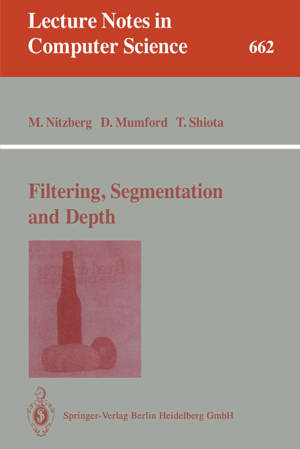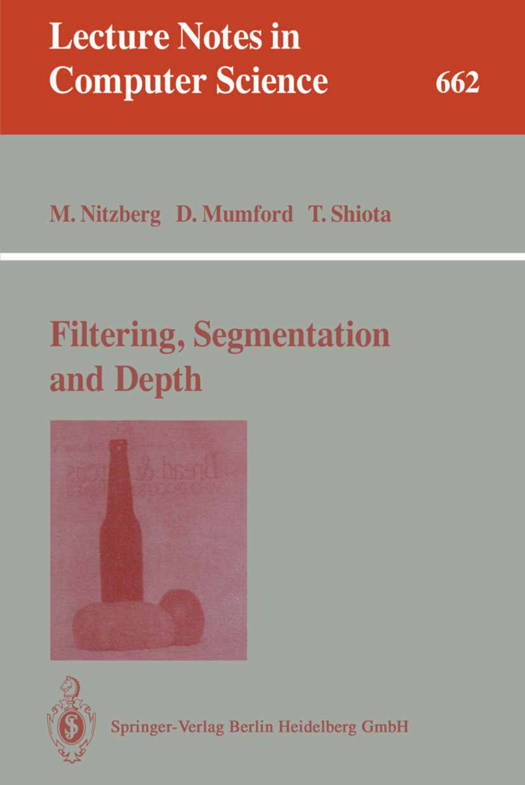
- Afhalen na 1 uur in een winkel met voorraad
- Gratis thuislevering in België vanaf € 30
- Ruim aanbod met 7 miljoen producten
- Afhalen na 1 uur in een winkel met voorraad
- Gratis thuislevering in België vanaf € 30
- Ruim aanbod met 7 miljoen producten
Zoeken
€ 52,95
+ 105 punten
Omschrijving
Computer vision seeks a process that starts with a noisy, ambiguous signal from a TV camera and ends with a high-level description of discrete objects located in 3-dimensional space and identified in a human classification. This book addresses the process at several levels. First to be treated are the low-level image-processing issues of noise removaland smoothing while preserving important lines and singularities in an image. At a slightly higher level, a robust contour tracing algorithm is described that produces a cartoon of the important lines in the image. Thirdis the high-level task of reconstructing the geometry of objects in the scene. The book has two aims: to give the computer vision community a new approach to early visual processing, in the form of image segmentation that incorporates occlusion at a low level, and to introduce real computer algorithms that do a better job than what most vision programmers use currently. The algorithms are: - a nonlinear filter that reduces noise and enhances edges, - an edge detector that also finds corners and produces smoothed contours rather than bitmaps, - an algorithm for filling gaps in contours.
Specificaties
Betrokkenen
- Auteur(s):
- Uitgeverij:
Inhoud
- Aantal bladzijden:
- 152
- Taal:
- Engels
- Reeks:
- Reeksnummer:
- nr. 662
Eigenschappen
- Productcode (EAN):
- 9783540564843
- Verschijningsdatum:
- 30/03/1993
- Uitvoering:
- Paperback
- Formaat:
- Trade paperback (VS)
- Afmetingen:
- 156 mm x 234 mm
- Gewicht:
- 231 g

Alleen bij Standaard Boekhandel
+ 105 punten op je klantenkaart van Standaard Boekhandel
Beoordelingen
We publiceren alleen reviews die voldoen aan de voorwaarden voor reviews. Bekijk onze voorwaarden voor reviews.











